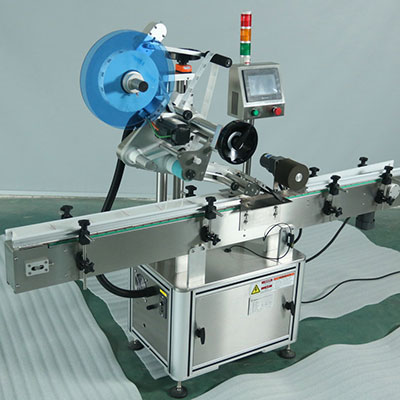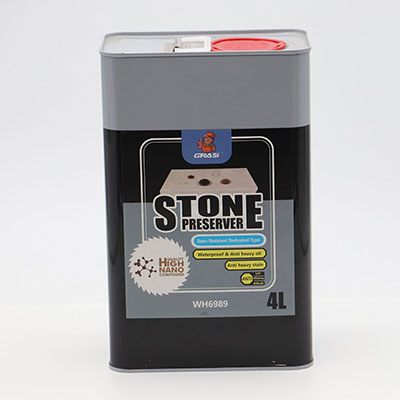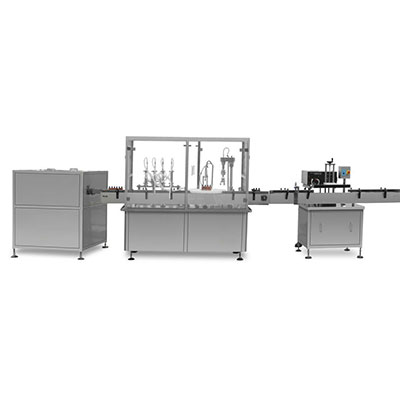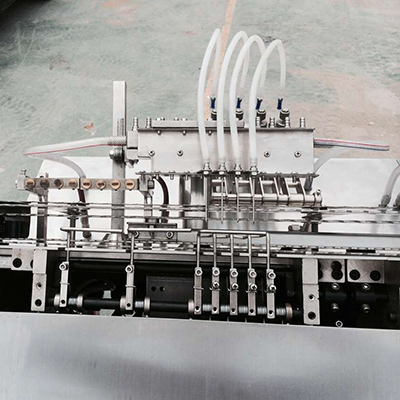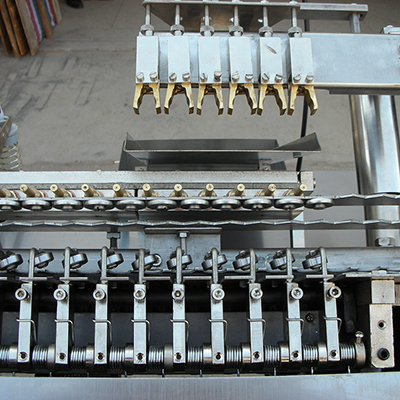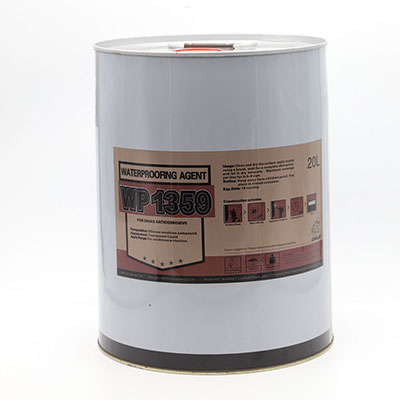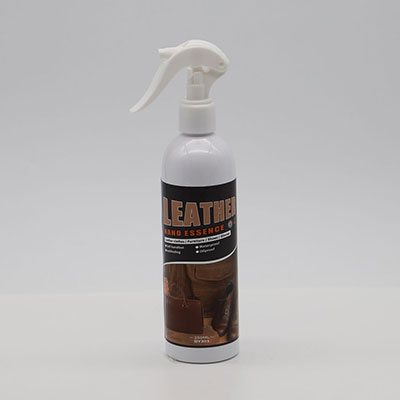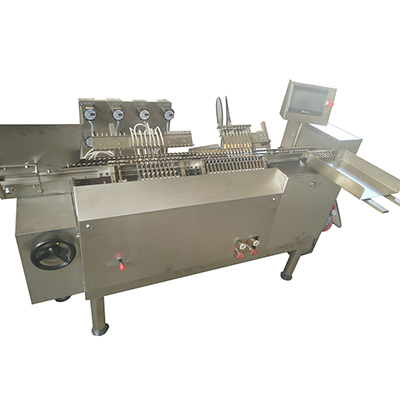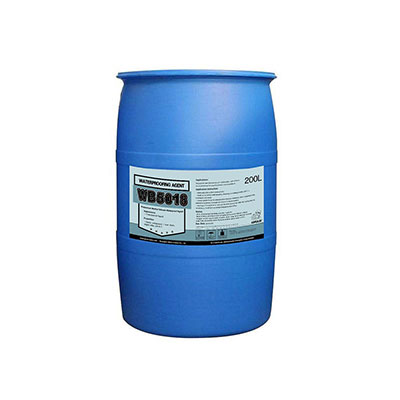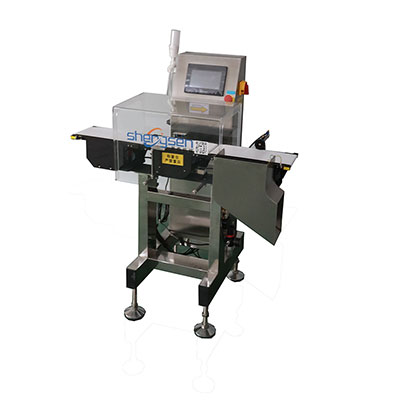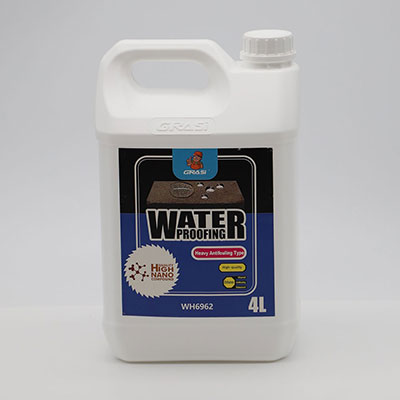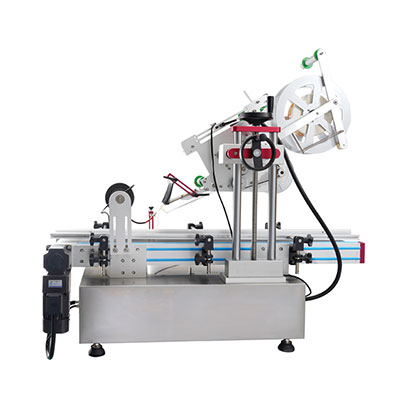How to Select the Right Casters
1. According to the usage environment
a. When choosing an appropriate wheel carrier, the first thing to take into consideration is the wheel caster’s bearing weight. For example, in supermarkets, schools, hospitals, office buildings and hotels, the floor is good, smooth and goods carted around are usually light, meaning that every caster will carry roughly 10 to 140kg. Therefore, a suitable option is a plating wheel carrier formed using a stamping process on a thin steel plate (2-4mm). This type of wheel carrier is light, flexible, and silent.
b. In places such as factories and warehouses where cargo movement is more frequent and the load is heavier (280-420kg), we recommend using a wheel carrier made of a 5-6mm thick steel plate.
c. If used for carrying more heavy objects such as those commonly found in textile factories, automobile factories, or machinery factories, due to the large load and long walking distance, each caster should be capable of carrying 350-1200kg, and be manufactured using an 8-12mm thick steel plate wheel carrier. The movable wheel carrier uses a plane ball bearing, and the ball bearing is mounted on the bottom plate, allowing the caster to bear the heavy load while still maintaining a flexible rotation and impact resistance. We recommend using caster wheels made of imported reinforced nylon (PA6) super polyurethane or rubber. Based on specific application needs, it can also be galvanized or sprayed with a corrosion resistance treatment, as well as given a winding prevention design.
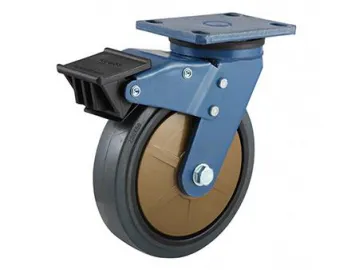
d. Special environments: cold and high temperature locations place a great deal of stress on the casters, and at extreme temperatures, we recommend the following materials
· low temperatures under -45℃: polyurethane
· high temperatures close to or above 230℃: special heat resistant swivel casters
2. According to the bearing capacity
During the selection of the bearing capacity of the casters, users need to take into account specific safety margins. We use the most commonly used four wheel casters as an example, though choices should be made based on the following two methods:
a. 3 casters bearing all weight: One of the casters should be suspended. This method is suitable for applications where the casters bear a greater momentum over poor ground conditions while moving goods or equipment, especially in larger, heavier total weight amounts.
b. 4 casters bearing a total weight of 120%: This method is suitable for ground conditions that are good, and the impact on the casters is relatively small during the movement of goods or equipment.
c. Calculate the carrying capacity: in order to calculate the load capacity needed by the casters, it is necessary to know the deadweight of delivery equipment, maximum load and the number of caster wheels and casters used. The load capacity required for a caster wheel or caster is calculated as follows:
T= (E+Z)/M×N
---T= the loading weight required for a caster wheel or caster
---E= deadweight of delivery equipment
---Z= maximum load
---M= the number of caster wheels and casters used
---N= Safety factor (about 1.3 - 1.5).
Attention should be paid to the cases where the casters will be exposed to a significant amount of impact. Not only should a caster with a large load bearing capacity be chosen, but specially designed impact protection structures should also be chosen. If a brake is needed, casters with single or double brakes should be selected.
Links:https://www.globefindpro.com/products/13880.html
-
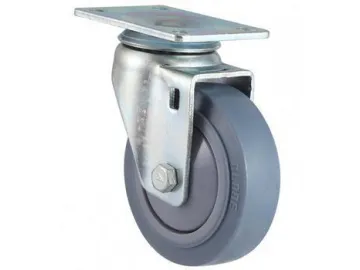 80~120kg High Strength Rubber Wheel Swivel Caster
80~120kg High Strength Rubber Wheel Swivel Caster
-
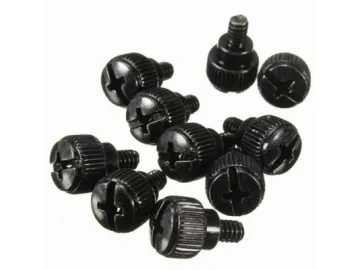 Computer Fastener
Computer Fastener
-
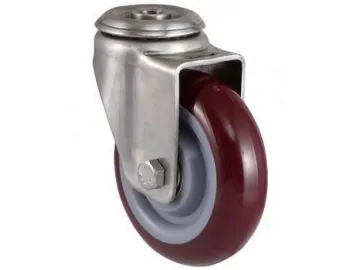 50~140kg Polyurethane Wheel Swivel Caster
50~140kg Polyurethane Wheel Swivel Caster
-
 Copper Micro Fasteners
Copper Micro Fasteners
-
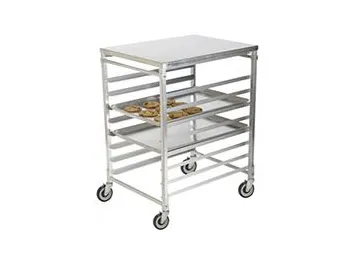 Cold Room Trolley Casters
Cold Room Trolley Casters
-
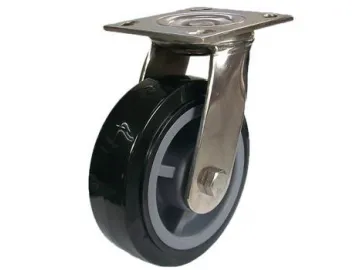 280~420kg Heavy Duty Polyurethane Wheel Caster
280~420kg Heavy Duty Polyurethane Wheel Caster
-
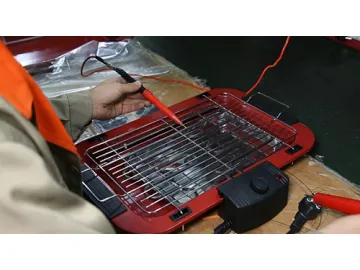 Quality Testing
Quality Testing
-
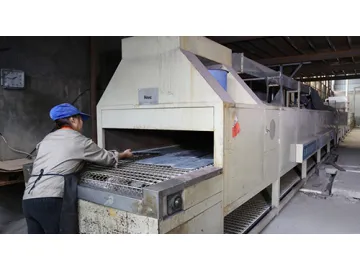 Rinsing and Washing Line
Rinsing and Washing Line
-
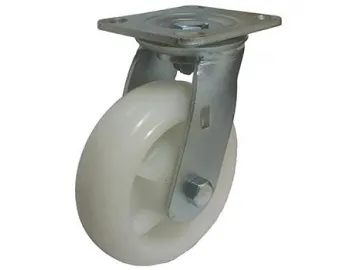 280~420kg Heavy Duty Polyurethane Wheel Caster
280~420kg Heavy Duty Polyurethane Wheel Caster
-
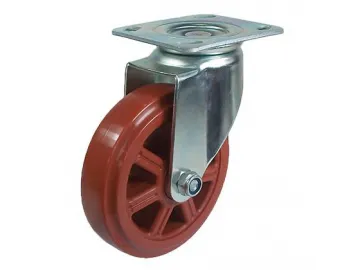 200~350kg plastic wheel swivel caster
200~350kg plastic wheel swivel caster
-
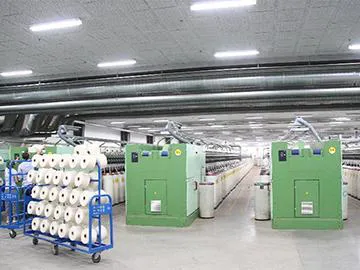 Textile Trolley Casters
Textile Trolley Casters
-
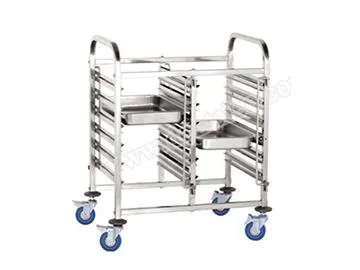 Serving Cart and Catering Trolley Casters
Serving Cart and Catering Trolley Casters
